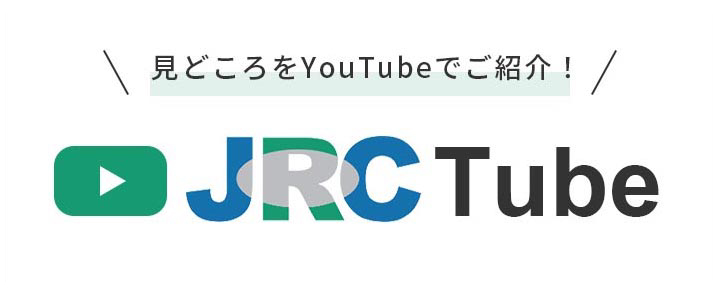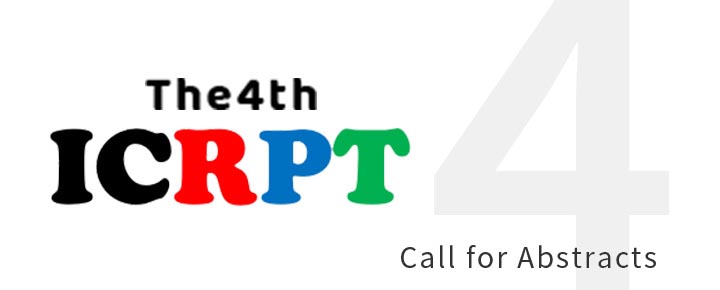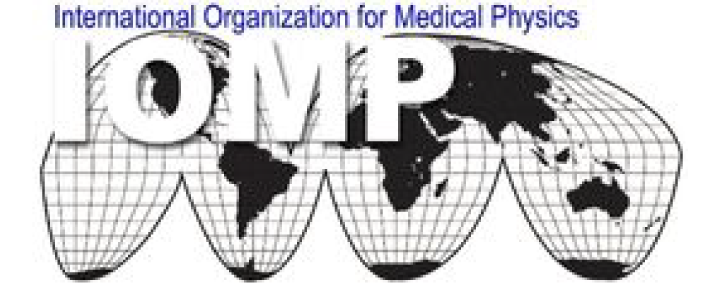Welcome Message
Prof. Tomonori Isobe, Ph.D.
The 129th scientific meeting of Japan Society of Medical Physics President
Institute of Medicine, University of Tsukuba
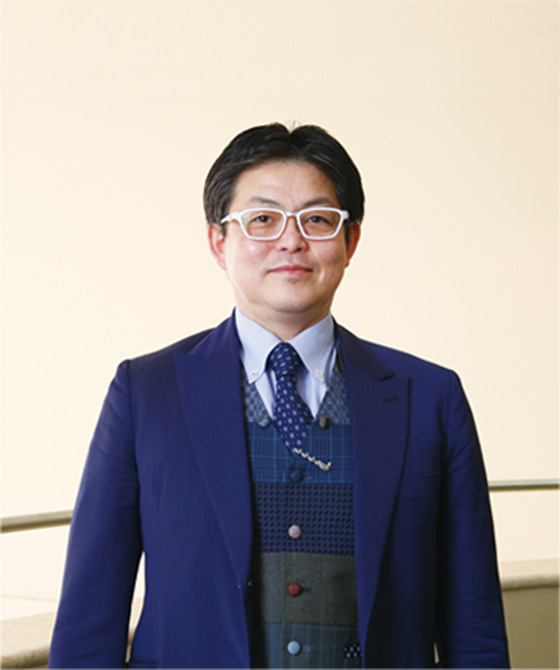
Welcome to the 129th Annual Meeting of the Japan Society of Medical Physics
I am pleased to announce that I have been appointed as the President of the 129th Scientific Meeting of the Japan Society of Medical Physics (JSMP). My name is Tomonori Isobe of the University of Tsukuba. I am deeply honored to have been given this opportunity, and I would like to express my sincere gratitude to the esteemed members and stakeholders of JSMP, as well as to the seniors and juniors with whom I have engaged in academic pursuits.The 129th Scientific Meeting of the JSMP will be held from April 10th (Thursday) to 13th (Sunday), 2025, for four days at Pacifico Yokohama. It will be jointly held with the 84th Annual Meeting of the Japan Radiological Society (JRS), the 81st Annual Meeting of the Japanese Society of Radiological Technology (JSRT), and the International Technical Exhibition of Medical Imaging (ITEM) by the Japan Medical Imaging and Radiological Systems Industries Association (JIRA), hosted by the Japan Radiological Society (JRC) as JRC2025. The theme of JRC2025 is "Radiology for everyone", embodying the vision of creating the future of radiology for the happiness of people, including concepts such as "returning to the origin of radiology" and "challenges to regional healthcare". JSMP has incorporated "Society 5.0" as a sub-theme, which is the concept of creating a comfortable society by integrating new technologies (such as IoT, AI, and robotics) into our lives. With the intention of contributing to society (radiology) through the creation of new technologies, JSMP has included these ideas in the poster design. For example, the countryside landscape on the left and the two mountains on the right symbolize "regional healthcare", while the person and the robot in the center represent "coexistence of humans and technology". Additionally, the foundational signal theory of 0/1, which is the basis of information processing technology, incorporates symbols of Minato Mirai, the venue of JRC2025, such as landmarks (Landmark Tower, Pacifico Yokohama, and Ferris wheel). Our thoughts are also hidden in the posters, so please do take a look.
In this conference, we will develop a plan and call for research abstracts based on the following three pillars. The first pillar is "Enhancement of Seed Research and Matching with Needs Research". In Japan, it has been approximately 60 years since the birth of "medical physics". Due to advancements in medical equipment and technology, progress in IT, and the relentless efforts of predecessors, this field has made significant developments, and societal expectations are growing. Particularly, the societal contribution of medical physics in radiation therapy (radiation therapy physics) has been remarkable. However, in terms of "creating innovation", we feel that the growth of this field has slowed down. If we were to liken the current state of medical physics to hybrid cars in the automotive industry, we, who are engaged in this field, feel that we need more power to take further steps toward full electric cars that do not use gasoline. We believe that by inviting many scholars to participate in this conference and present their specialized research, we can not only further develop research but also create a venue where constructive and progressive valuable opinions are exchanged, leading to the birth of new research seeds. We promise to provide ample opportunities for discussion at this conference. The second pillar is "Expansion of the Scope of Research (Thought)". Medical physics is divided into four specialized areas (radiation therapy physics, diagnostic physics, nuclear medicine, and radiation protection), but at academic conferences, there are overwhelmingly more topics focused on "radiation therapy physics". While it is true that the interests and activities of members are primarily in radiation therapy physics, we believe that understanding other specialized areas is essential for "fusion of technologies and creation of new academic fields". In this conference, we intend to incorporate programs that focus on fields other than radiation therapy physics, and in addition to the regular solicitation method, we plan to solicit presentations with narrowed-down themes to diversify the program. The third pillar is "Medical Physicists". Under the strong determination to deliver academic knowledge and research to the clinical field, our society has been working on supporting the qualification of medical physicists and providing opportunities for them to play active roles in clinical settings. To create an environment where medical physicists can actively contribute to clinical settings, we are considering plans such as education (training of human resources), national qualification, and expansion of job domains.
I would like to briefly introduce several exciting events planned for this year's conference. First, we have the JRC Joint Symposium 2, which will be held at Kokuritsudai Hall. Under the theme "Contributions of Medical Physics to Society 5.0," experts from various fields, including engineering, medical imaging, radiation therapy, and radiation measurement, will deliver talks. The symposium will focus on how medical physics can contribute to society, using "Society 5.0" as a key framework, which has been a central theme since the creation of our posters. In collaboration with the JSRT, we are also planning a session on Open Science, focusing on open access publications and the sharing of research data. Additionally, we have numerous exciting sessions planned under the JSMP banner. A highlight of these is a special event titled "From Next-Generation Seeds to the Future," where we will discuss seed and needs research in medical physics, and highlight bridging research that connects both. Another related event will be a symposium on the application of synthetic diamonds (seeds) to radiation detectors (needs). The conference will also focus on areas beyond radiation therapy, including a talk on radiation protection and the simulation of radiation exposure in the Fukushima Daiichi nuclear accident, a mini-session on the latest information about amyloid PET in nuclear medicine, and a lecture on medical physics topics in medical imaging. We have prepared five educational lectures on themes such as pediatric care, dose measurement, and genomic medicine. Additionally, we are inviting international researchers to speak on the use of AI in radiation therapy and Theranostics (Theranostics). For those interested in hands-on learning, we have two seminars: one on medical safety and one on uncertainties in dose measurement. A unique presentation by an entrepreneur titled "Exosome Orchestra Vision" will also offer new perspectives on the future of medical physics.
As the president of this conference, I feel honored to be able to contribute to the development of medical physics, particularly in fostering young researchers and students in the field. Having been a member of JRS, JSRT, and JSMP since 2006, I have greatly benefited from the advice and guidance of prominent scholars in our field. Early in my career, I struggled with presentations, but through the support of this community, I gained valuable insights that shaped my research. I hope this conference will serve not only as a platform for research presentations but also as an opportunity to connect, build networks, and advance our research. I invite all of you to join us and be part of this exciting event.
Lastly, I would like to mention that the Japan Society of Medical Physics has a mascot character. Please get to know it.
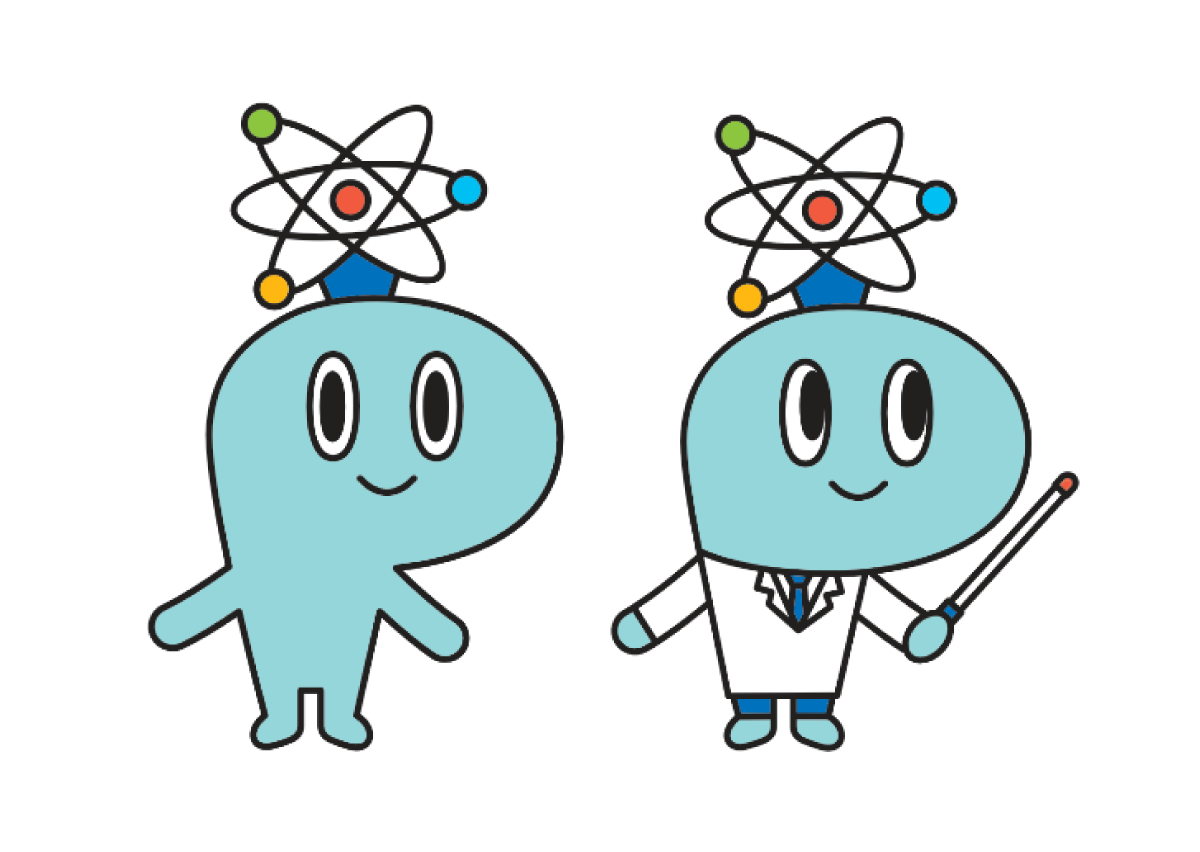


General Information
The 129th Scientific Meeting of JSMP (JRC2025)
Theme 「Radiology for Everyone」
The 129th Scientific Meeting of the Japan Society of Medical Physics will be held as follows. The conference will be held in a hybrid style of on-site and webcast. Details will be announced on the conference website as they become available.
1. Date
| PACIFICO Yokohama | 2025.4.10 Thu – 4.13 Sun |
|---|---|
| Web | 2025.4.14 Mon – 5.15 Thu |
2. Contents
- JRC joint symposium
- JSMP committee program
- Educational lecture
- Oral presentations
- 4th International Conference on Radiological Physics and Technology (ICRPT)
3. Registration of participation
Coming Soon.
Executives
Executive Committee
| Chairperson | Yutaro Mori | University of Tsukuba |
|---|---|---|
| Vice Chairperson | Nohtomi Akihiro | Kyushu University |
| Member | Noriyuki Kadoya | Tohoku University |
| Hidemi Kamezawa | Teikyo University | |
| Yusuke Koba | National Institute for Quantum Science and Technology | |
| Hironori Kojima | Kanazawa University Hospital | |
| Hiroaki Kumada | University of Tsukuba | |
| Masahiko Kurooka | Tokyo Medical University Hospital | |
| Hideyuki Mizuno | National Institute for Quantum Science and Technology | |
| Yoshiaki Nagai | Tsukuba International University | |
| Shie Nishioka | Japanese Red Cross Society Kyoto Daini Hospital | |
| Eisuke Sato | Juntendo University | |
| Kiyomitsu Shinsho | Tokyo Metropolitan University | |
| Kenta Takada | Gunma Prefectual College of Health Sciences | |
| Hideyuki Takei | National Institute for Quantum Science and Technology | |
| Satoshi Tanabe | Niigata University | |
| Conference Advisor | Masahiro Fukushi | Tsukuba International University |
| Takeji Sakae | University of Tsukuba |
Program Committee
| Chairperson | Chie Kurokawa | Juntendo University |
|---|---|---|
| Vice Chairperson | Tetsuya Tomita | University of Tsukuba Hospital |
| Member | Hiroaki Akasaka | The University of Melbourne/Kobe University |
| Hidetaka Arimura | Kyushu University | |
| Yukio Fujita | Komazawa University | |
| Hiraku Fuse | Ibaraki Prefectural University of Health Sciences | |
| Yohei Inaba | Tohoku University | |
| Taku Inaniwa | National Institutes for Quantum Science and Technology | |
| Hiraku Iramina | Kyoto University Hospital | |
| Daisuke Kawahara | Hiroshima University | |
| Shinji Kawamura | Teikyo University | |
| Nozomi Kitamura | Tokyo Metropolitan Cancer and Infectious Diseases Center Komagome Hospital | |
| Takashi Kodama | Tokyo Medical University | |
| Ryosuke Kohno | International University of Health and Welfare | |
| Hideki Kojima | Sapporo Higashi Tokushukai Hospital | |
| Toru Kojima | Saitama Prefectural Cancer Center | |
| Jun'ichi Kotoku | Teikyo University | |
| Taiki Magome | Komazawa University | |
| Daiki Maruyama | Japanese Red Cross Medical Center | |
| Taeko Matsuura | Hokkaido University | |
| Kenta Miwa | Fukushima Medical University | |
| Shunsuke Moriya | University of Tsukuba | |
| Satoshi Nakamura | National Cancer Center Hospital | |
| Teiji Nishio | Osaka University | |
| Yoshiyuki Nyui | Tokyo Metropolitan University | |
| Shingo Ohira | Tokyo Metropolitan University | |
| Shuichi Ozawa | Hiroshima High-Precision Radiotherapy Cancer Center | |
| Morihito Shimizu | National Institute of Advanced Industrial Science and Technology | |
| Kiichi Tadano | Kyorin University | |
| Hiroki Tanaka | Kyoto University | |
| Chie Toramatsu | National Institutes for Quantum Science and Technology | |
| Keisuke Tsuda | Juntendo University | |
| Satoru Utsunomiya | Niigata University | |
| Keisuke Yasui | Fujita Health University | |
| Shunsuke Yonai | National Institutes for Quantum Science and Technology | |
| Yukari Yoshida | Gunma University |






















































